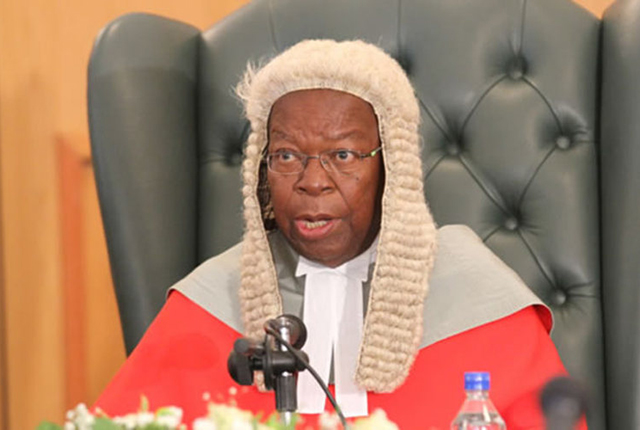Inflation closes 2016 in negative territory

Conrad Mwanawashe Business Reporter —
GOVERNMENT should consider using monetary and fiscal policy instruments to stimulate economic activity and deal with deflationary pressures the country is going through as the year on year inflation rate for December 2016 remained in the negative at -0.93 percent.
Although the December inflation gained 0,16 percentage points on the November rate of -1,09 percent, economists said deflation is more difficult to contain than inflation and one of the economic ills which are rarely found in most economies.
The year on year inflation rate means that prices as measured by the all items CPI decreased by an average of -0,93 percentage points between December 2015 and December 2016.
The month on month inflation rate in December 2016 was 0,06 percent gaining 0,04 percentage points on the November 2016 rate of 0,02 percent.
This means that prices as measured by the all items CPI increased at an average rate of 0,06 percent from November 2016 to December 2016.
Economists said business and general economic activity is subdued and Government could make use of monetary and fiscal tools to correct the situation.
Chairman of the Department of Economics at the University of Zimbabwe, Dr Albert Makochekanwa said there are two broad tools which the Government of Zimbabwe can consider dealing with deflation.
“The two tools are monetary policy tools and fiscal policy tools. With monetary policy tools, Government could consider open market operations where the Reserve Bank of Zimbabwe can buy treasury securities on the open market, thereby increasing money in circulation. The increased money will in turn stimulate expenditure,” Dr Makochekanwa said.
“Lowering borrowing interest rates thus making it cheaper to borrow money and this will encourage new investments.
“This can also encourage individuals to borrow for short and long-term expenditures,” he said.
Furthermore, to deal with deflation through fiscal policy tools, Dr Makochekanwa said Government could consider increasing its spending on locally produced products.
“In this case, Government will act as spender of last resort, thereby keeping local production together with employment,” said Dr Makochekanwa.
The month on month Food and Non Alcoholic Beverages inflation rate stood at 0,38 percent in December 2016, shedding 0,16 percentage points on the November 2016 rate of 0,54 percent. The month on month non-food inflation rate stood at -0,09 percent, gaining 0,13 percentage points on the November 2016 rate of -0,22 percent.
The CPI for the month ending December 2016 stood at 96,17 compared to 96,11 in November 2016 and 97,07 in December 2015.










Comments